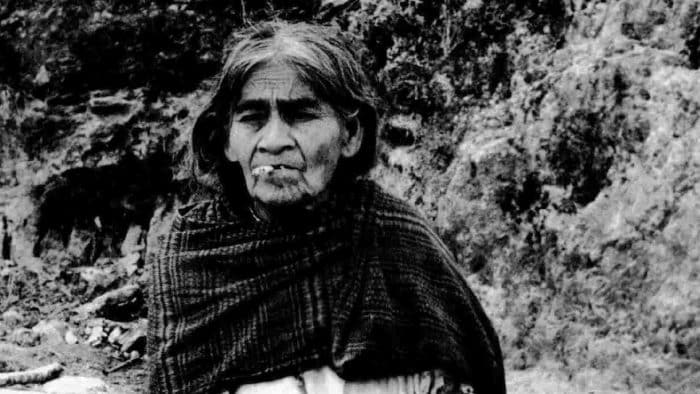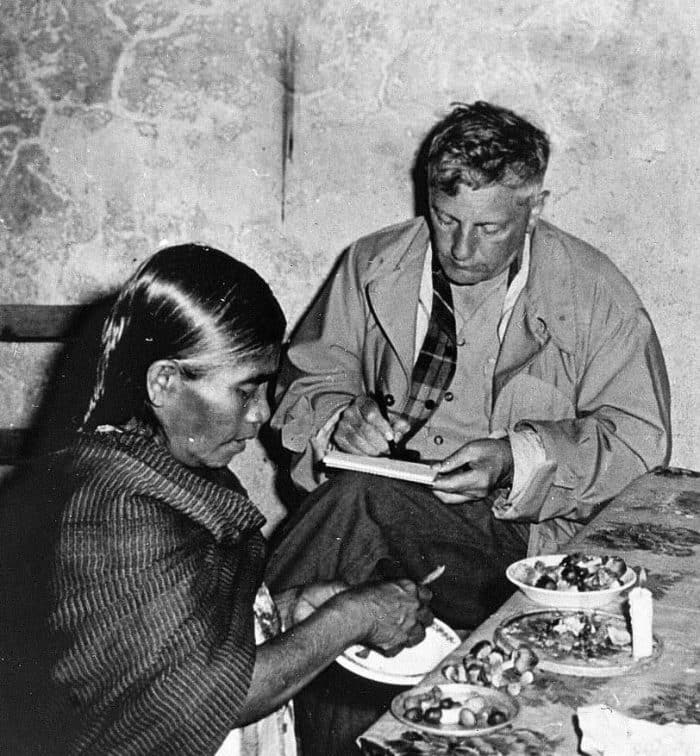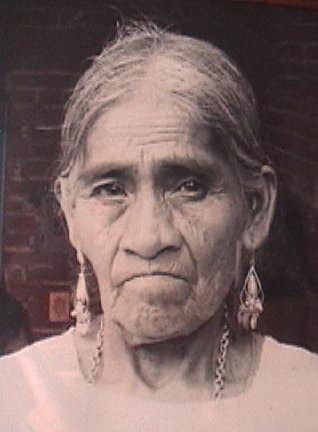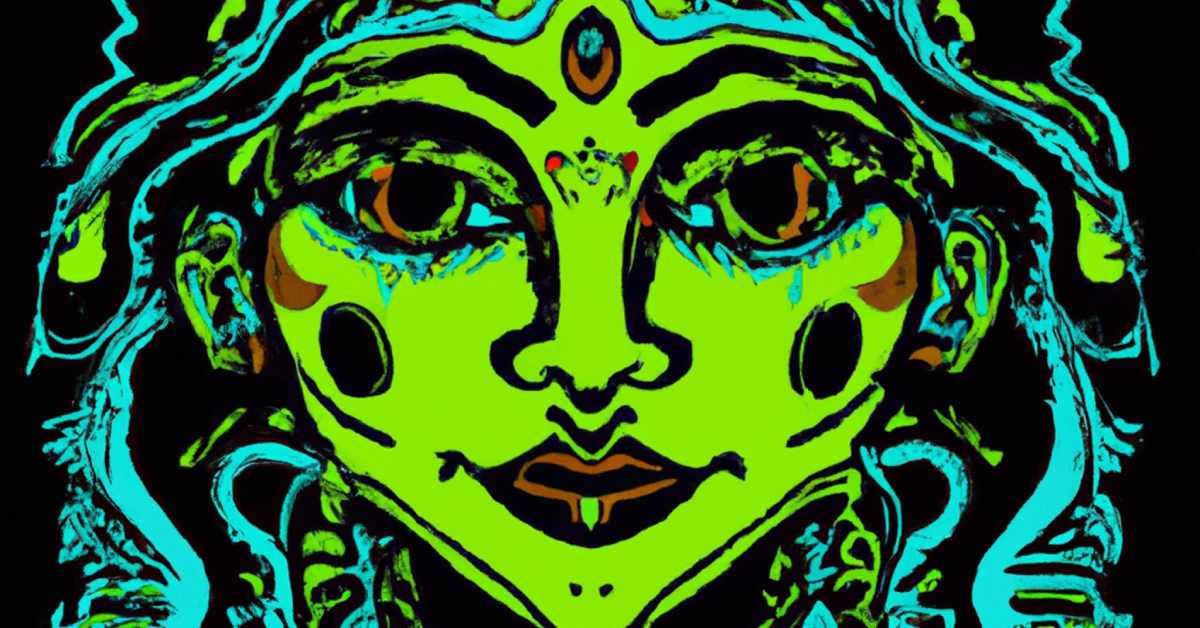In the lush, hidden heartlands of Oaxaca, Mexico, amongst ancient forests and dreams, thrived a woman who would become the unsung hero of psychedelic warriors and the modern spiritual healing movement. Meet Maria Sabina, the magical mushroom shaman of the indigenous Mazatec tribe, whose life became as enigmatic as the realms she explored.
Born in 1894 into a world where the mystical was mundane, Maria Sabina was no ordinary child. Legend has it that she began communing with the ‘little saints’ (a sweet-coated term for hallucinogenic mushrooms) at the tender age of eight. While other kids her age were playing ancient versions of “hide and seek,” Maria was diving deep into her psyche, led by the hand of what she believed were sacred fungi.

But, how did a healer, a ‘curandera,’ tucked away in the Sierra Mazateca mountains, become a figure etched into the psychedelic culture’s hall of fame? It wasn’t her PR skills, that’s for sure.
In the 1950s, Maria Sabina was catapulted onto the international stage without her consent or a booking agent. It all started when R. Gordon Wasson, a mycologist and vice president of J.P. Morgan, trekked into the heart of her remote village. This ‘Indiana Jones of Fungi’ was on the hunt for the flesh of the gods, also known as ‘teonanácatl,’ the psychoactive mushrooms used in ancient healing ceremonies.
Wasson might have expected many things, but he certainly didn’t anticipate being led through a transcendental journey by a humble Mazatec woman who could barely stand as tall as his shoulders. Maria Sabina, with the grace of a spiritual DJ, remixed ancient chants, prayers, and mushrooms in an all-night velada, a healing ceremony that turned Wasson’s skepticism into spirituality.
What followed was the 1957 Life Magazine piece, “Seeking the Magic Mushroom,” documenting Wasson’s experiences and essentially yelling, “Eureka!” to the psychedelic properties of these mushrooms. Maria Sabina’s once-peaceful hometown became a hotspot for celebrities, scientists, and psychedelic enthusiasts. The Beatles’ John Lennon and George Harrison, psychologist Timothy Leary, and a bevy of other ’60s icons were knocking on her door. Unfortunately, this also marked a bittersweet twist in Maria’s tale.

While Maria Sabina basked in none of the ‘rockstar’ glory, she faced the dire consequences of this unsolicited fame. Her life, deeply rooted in spiritual practice, was uprooted. The sacred mushrooms, once revered as divine children, were being misused by thrill-seekers. The once-respectful trickle of local devotees turned into a torrent of international tourists, leading to a fracturing of her community and tradition.
Amidst this cultural whirlwind, Maria Sabina’s connection with another psychedelic plant, salvia divinorum, often called “ska María Pastora,” is lesser-known but deeply significant. While she didn’t jumpstart the salvia movement, she played a silent role in its history. The plant, a member of the mint family with its own potent psychedelic properties, also had a place in Mazatec tradition. It was used by Maria and other shamans in healing and divination, regarded as a sacred incarnation of the Virgin Mary.
Salvia divinorum’s psychedelic effects aren’t as well-documented or understood as the ‘magic mushrooms,’ but its role in Mazatec culture underlines a profound heritage. Maria treated it with the same respect as the sacred mushrooms, a bridge between the human soul and the divine. It was this profound understanding of plant psychedelics that makes Maria Sabina a historical shepherdess guiding the evolution of these substances in contemporary culture.

María Sabina Magdalena García – Copyright: Juan Carlos Rangel
Sadly, our shamanic heroine’s tale doesn’t have a happy ending. After the psychedelic rush of the ’60s and ’70s, Maria Sabina lived her life in poverty, shunned by some in her community who believed she had profaned their sacred traditions. She passed away in 1985, leaving behind a legacy complicated by the very culture she helped inspire.
In the grand tapestry of psychedelic history, Maria Sabina was a thread of spiritual authenticity. She didn’t just introduce the world to ‘magic mushrooms’ or highlight the use of salvia divinorum; she reminded us of the sanctity of these ancient practices. Her life serves as a parable, teaching us that the pursuit of knowledge or experience, devoid of respect for its origins, can lead to cultural erosion.
So, the next time you hear about ‘magic mushrooms’ or salvia, remember the mushroom shaman of Oaxaca who stood firm in a world that both celebrated and misunderstood her. Maria Sabina’s story isn’t just about psychedelics; it’s about the balance between curiosity and reverence, science and spirituality, and the consequences of cultural intrusion. Her spirit, much like the effects of the plants she used, transcends the boundaries of time, urging us to acknowledge the sacred in all aspects of life.



